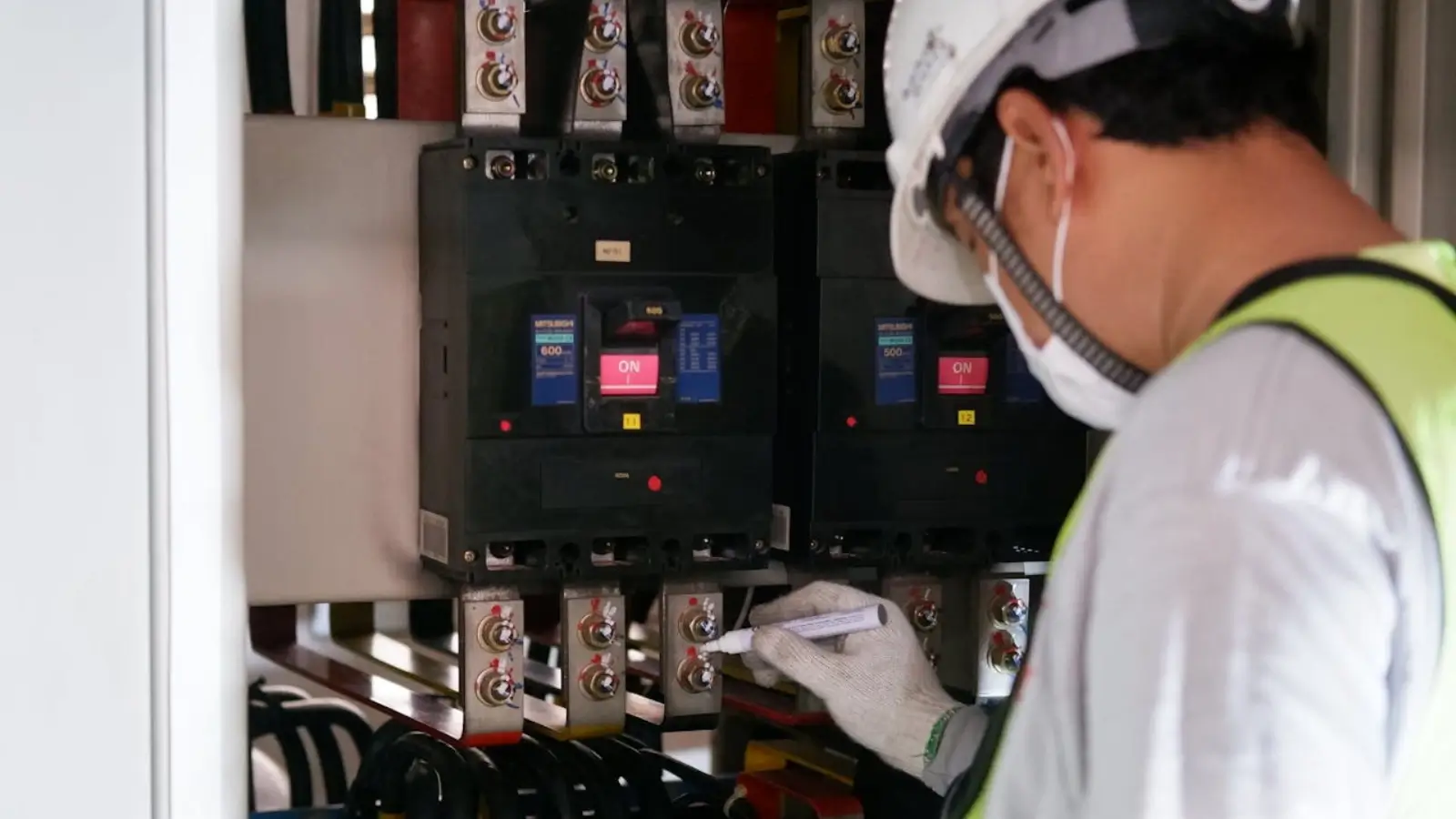


If you're an electrician, builder, or even just a homeowner looking to do electrical work, it’s important to understand how electrical standards work. These standards are regularly updated to match new technology and safety needs. Whether you’re rewiring a house or working on a big project, here are seven key things you should know about how electrical standards work in Australia today.
The main safety guide for electricians here is called AS/NZS 3000, often just called the Wiring Rules. Australia created this set of rules together to set a clear baseline for how electrical work should be done. So, if someone’s doing electrical work in a home or factory, they’re expected to follow these guidelines. They’re designed to stop fires, prevent electric shocks, and help equipment run the way it should.
As new technology shows up, like solar panels or smart home gadgets, the rules need to adapt. Australian Electrical Standards keep getting revised so they stay relevant. For example, newer versions of the standards now have clearer sections for solar systems and how to install battery storage the right way. If you're dealing with modern tech, make sure you're using the most recent versions of the rules.
AS/NZS 3000 is written into law, which means electricians and builders must follow it. Ignoring these standards isn’t just risky—it can delay projects or void insurance if something goes wrong. Electricians need a licence to do their job, and part of that licence means sticking to the rules. If hiring someone or managing a build, you’ve also got a responsibility to make sure they’re doing the work the right way.
Always remember that even experienced tradies can fall behind if they’re not paying attention. That’s why you’ll see professionals attending training days, reading updates from industry groups, or keeping track of new releases. Knowing the latest version isn’t just a good idea; it helps avoid mistakes that can be expensive. Ongoing learning helps everyone stay sharp and ensures the work meets standards.
While wiring is a big focus, electrical standards explain how to deal with switchboards, circuit protection, earthing systems, and how to test everything properly. There are rules for how much space should be left between components, how thick cables should be, and how to label everything clearly. Plus, guidelines tell you what needs to be checked during an inspection and how to keep track of test results.
Before switching the power on, every new electrical setup has to be checked and tested. You’ve got to write down the results and sometimes send them off to a local authority or inspector. Skipping this step, or doing it carelessly, puts people at risk and opens up a bunch of legal problems. The testing stage isn’t just about paperwork; it’s about making sure the job has been done safely and properly.
While Australian standards are written for local needs, they also line up with global standards where it makes sense. That said, these standards still take our local conditions into account—like the harsh climate, the way our power grids work, and regional safety concerns. So even if parts of the rules match what’s done overseas, they’re still designed to suit Australian jobs and environments.
When you follow electrical standards, you are less likely to deal with faults, do rework, or face issues with inspectors or insurance companies. For tradies, it builds trust with clients and helps projects run more smoothly. For property owners, it gives peace of mind knowing the system is solid and done by the book. Sticking to the standards means fewer surprises later and a better outcome for everyone involved.
Electrical standards in Australia are working tools that help you do safe, legal, and high-quality electrical work. Whether installing solar gear or rewiring your kitchen, these rules are your go-to guide. Keeping up with the latest versions and making sure your work matches the standards is about keeping people safe. When everyone plays by the same rules, it lifts the industry and protects what matters most.